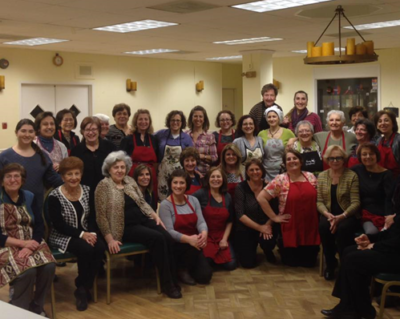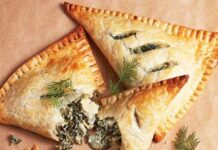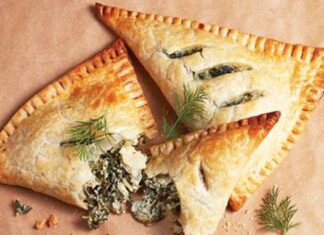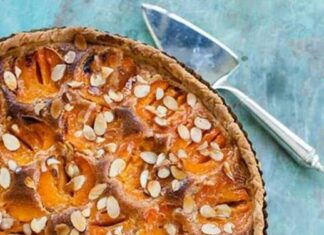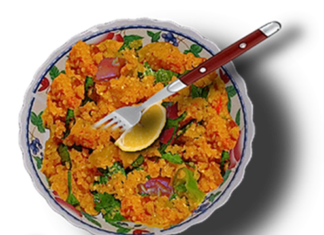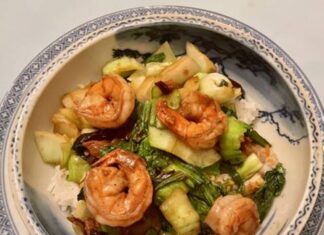By Polly Clingerman*
Contributed by Christine Vartanian Datian.
This following story about the many devoted and dedicated members of the Women’s Guild at St. Mary Armenian Apostolic Church in Washington, D.C., was published on November 3, 1993 in The Washington Post by Polly Clingerman. The Women’s Guild programs include the following service projects for the parish and Armenia: Annual Women’s Saints Day Celebration; fundraising activities such as the Annual Food Festival and Lenten Food Festival and Armenian Cultural and Christian educational programs. This year, the St. Mary 74th Annual Fall Food Festival was held on Friday and Saturday, October 7 thru 9.
Every autumn for 44 years, the women of St. Mary’s Armenian Apostolic Church have plunged into a six-week frenzy of chopping and stirring and rolling and patting and baking that ends in four days of glorious eating: the buffet lunches and weekend dinners of the annual bazaar. Today, when the bazaar opens its doors for the 45th year, Washingtonians will throng buffet and carryout lines. Many will leave laden with jars and bowls of soups and spicy mixtures (the regulars bring empties), boxes and bags of pastries, meatballs and meat pies. And no wonder. The food is rich-flavored, but the cooks are quick to point out that Armenians don’t do much frying.
Every Thursday right up to the big day finds 30 to 40 women bustling about the big church kitchen and community rooms, turning out vast quantities: 200 quarts of the garlicky mixed pickles called tourshi; 4,000 cheese boureg (chubby, Muenster cheese-filled turnovers); 4,000 yalanchi (rice-and onion-stuffed grape leaves); 2,000 luleh kebabs, ground lamb rolls scented with allspice, cumin and paprika. Then there are the stars in the crown of Middle Eastern cookery — giant trays of nutty, flaky, buttery, syrup-soaked, cholesterol-be-damned pastries: baklava and bourma (baklava’s lighter, cylindrical cousin — only two layers of buttered phyllo).
It was bourma-making day when the photographer came. Thirty-five women bustled about the kitchen chopping nuts, melting butter, baking huge trays of the crinkly bourma rolls in the church’s restaurant-size ovens. Others worked at long tables painting butter on phyllo sheets with 2-inch-wide natural-bristle paint brushes (so much more sensible than my wimpy little pastry brush), strewing nuts and rolling the dough sheets around half-inch dowels. “Paint the butter as you roll,” the bourma honcho cautioned a learner/neophyte/- wife-of-an-Armenian. “Don’t touch the dough with your fingers.”



